Quercetin
How to submit an article:
- Registered users can submit any published journal article that has a unique DOI (Digital Object Identifier) name or link to Research Hub.
- For example, you can paste the full DOI link:
https://doi.org/10.1109/5.771073or just the DOI name:10.1109/5.771073into the field above and click submit. - The person who is first to submit a valid article to Research Hub will forever be credited for it, and every article submission earns you +6 Research Points.
Related Topics
Published research studies are articles that present the findings of original research that has undergone a peer-review process and has been made publicly available in scholarly journals, books or other media.
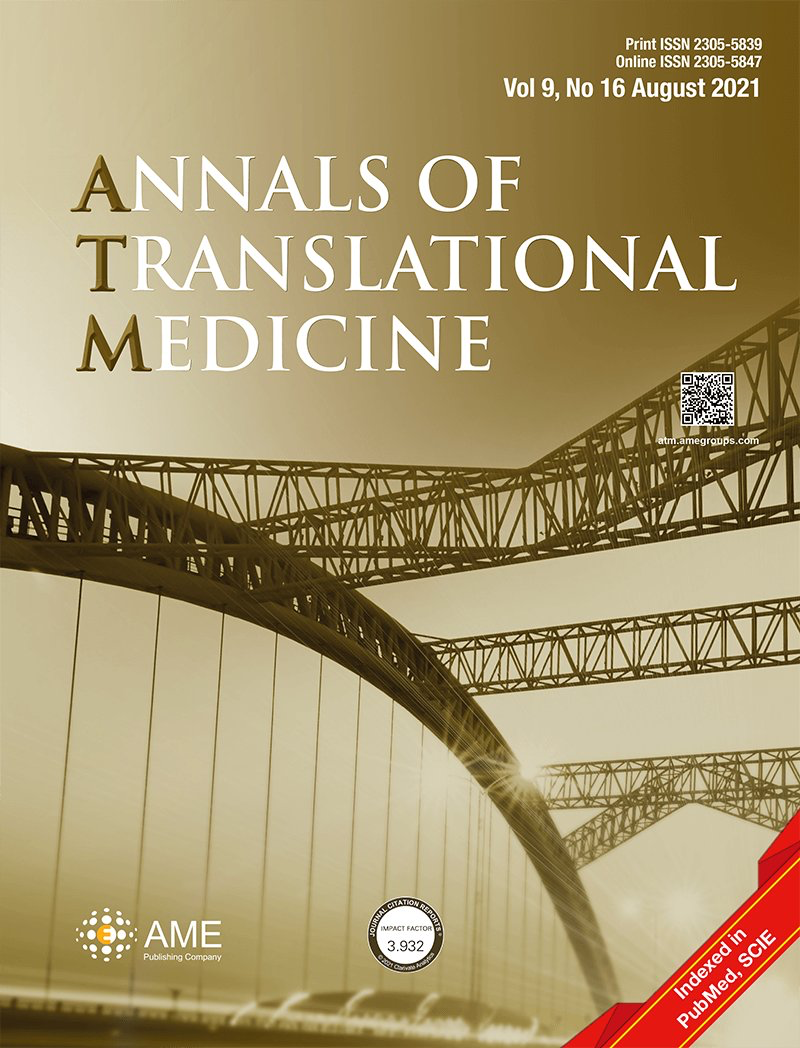
Mechanism and ingredients prediction of Radix Salviae-Angelicae Sinensis Radix-Lycii Fructus-Rehmanniae Radix Praeparata-Ginkgo Folium for retinitis pigmentosa therapy using network pharmacology and molecular docking analysis
2023 Oct Annals of Translational Medicine Wu J, Sun Z, Zhang D, Liu H, Wu J, Zhang S
Network Pharmacology Shu Di Huang Goji Berry Dang Gui Retinitis PigmentosaThe research unveils luteolin, quercetin, and kaempferol in RALRG as promising complementary components for RP treatment, with a key role in managing oxidative stress and PI3K/AKT signaling pathways.
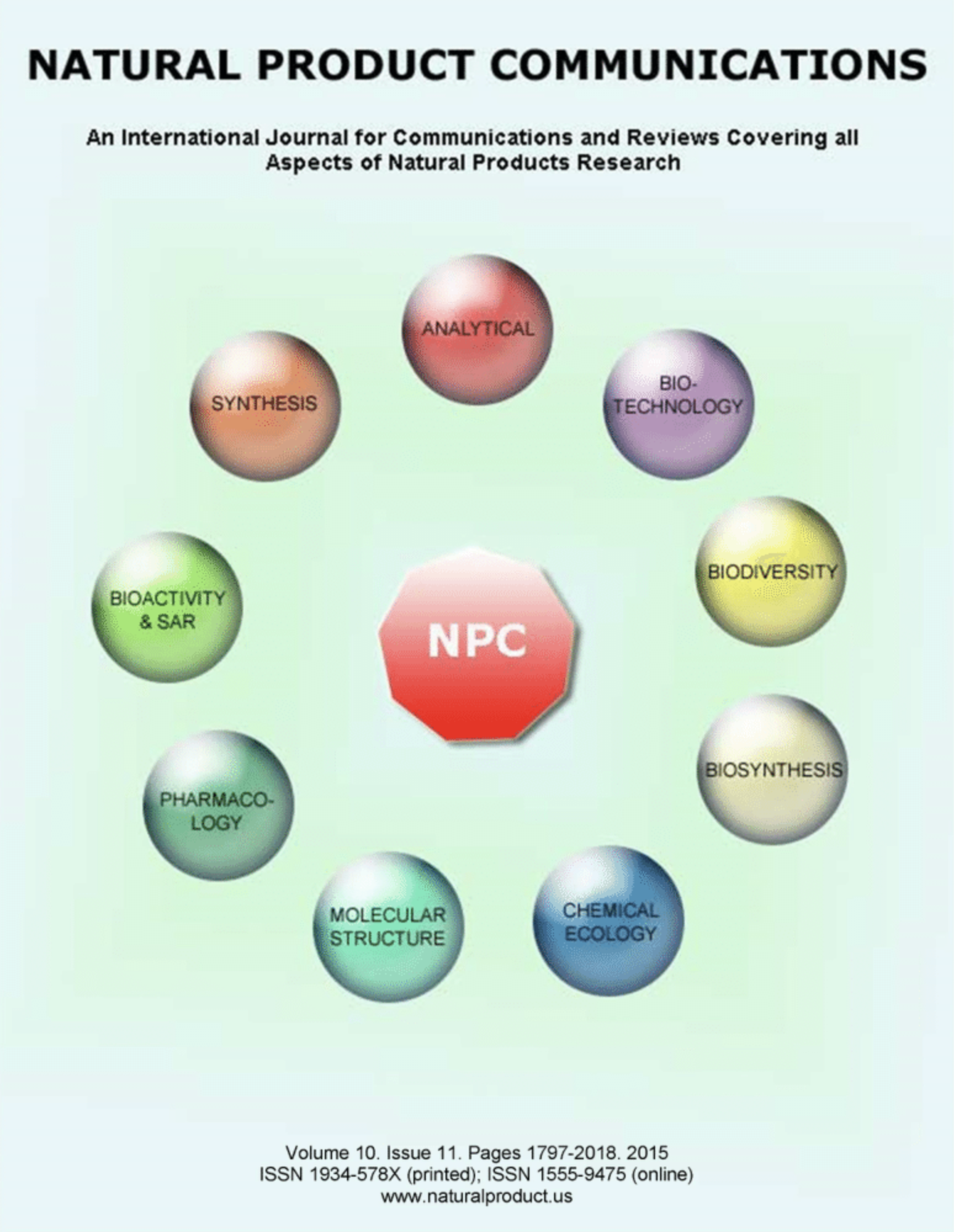
Identification of Taohong Siwu Decoction in Treating Chronic Glomerulonephritis Using Network Pharmacology and Molecular Docking
2022 Nov Natural Product Communications Du G, Qu X, Hu J, Zhang Y, Cai Y
The molecular mechanism of Taohong Siwu Decoction (THSWD) in the treatment of chronic glomerulonephritis (CGN) from the perspective of network pharmacology are components such as beta-sitosterol, kaempferol, and quercetin and key action targets such as TNF, IL-6, AKT1 protein kinase, and MAPK14 protein kinase play a synergistic role in autoimmune, infection, and inflammatory response-related pathways.
Network Pharmacology Chronic Glomerulonephritis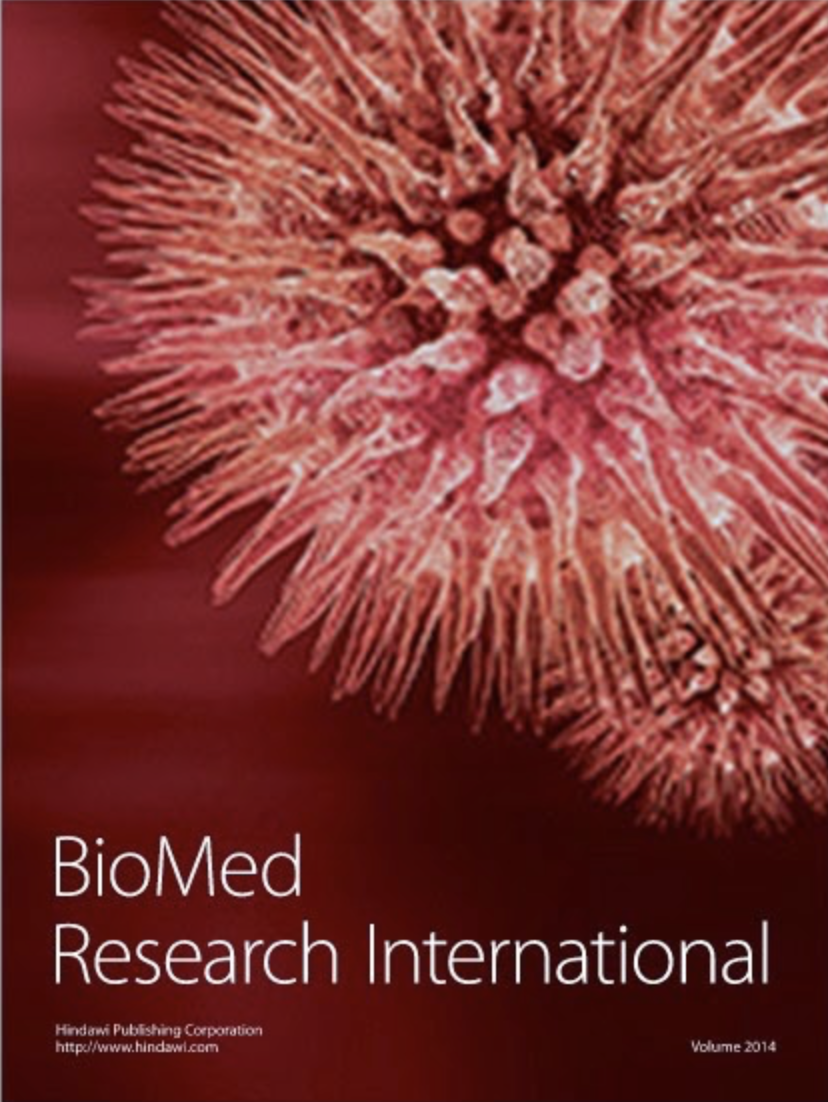
Potential Molecular Mechanisms of Ephedra Herb in the Treatment of Nephrotic Syndrome Based on Network Pharmacology and Molecular Docking
2022 Jul 05 BioMed Research International Yao T, Wang Q, Han S, Lu Y, Xu Y, Wang Y
The study identified 22 main active ingredients in EH, such as quercetin, kaempferol, luteolin, and naringenin, targeting 105 NS-related genes. The PPI network revealed 53 core targets, including AKT1, TNF, IL6, VEGFA, and IL1B, crucial in NS treatment. Enrichment analysis highlighted pathways like PI3K-Akt signaling, TNF signaling, and AGE-RAGE signaling. Molecular docking confirmed good binding between active ingredients (kaempferol, luteolin, quercetin, naringenin) and target proteins (AKT1, TNF), suggesting potential mechanisms for EH in NS treatment.
Network Pharmacology Ma Huang Nephrotic Syndrome
Study the Mechanism of Gualou Niubang Decoction in Treating Plasma Cell Mastitis Based on Network Pharmacology and Molecular Docking
2022 Jun 15 BioMed Research International Wu Z, Yang Q, Ma H
The study identified 164 ingredients and 58 intersection targets in GLNBD's treatment of PCM. Four key active compounds (quercetin, luteolin, fisetin, kaempferol) and four key proteins (ALB, EGFR, IL-6, VEGFA) were identified. Enrichment analysis revealed associations with negative regulation of apoptosis, response to hypoxia, positive regulation of transcription, and DNA-templated, with related pathways involving the pathway in cancer, phosphatidylinositol 3-kinase (PI3K) Akt signaling pathway, and AGE-RAGE signaling pathway in diabetic complications. Molecular docking validated stable binding activities between key target genes and essential active compounds, suggesting their potential role in modulating relevant pathways.
Network Pharmacology Gua Lou Niu Bang Decoction
Multiple Mechanisms of Shenqi Pill in Treating Nonalcoholic Fatty Liver Disease Based on Network Pharmacology and Molecular Docking
2022 Jun 26 Evidence-Based Complementary and Alternative Medicine Tong X, Xu S, Zhai D
The study identified 15 anti-NAFLD bioactive ingredients in SQP, including quercetin, kaempferol, stigmasterol, diosgenin, and tetrahydroalstonine. Key target proteins against NAFLD were AKT1, TNF, MAPK8, IL-6, and VEGFA. The main pathways involved PI3K/Akt signaling, HIF-1 signaling, MAPK signaling, and TNF signaling. Molecular docking predicted binding of quercetin, kaempferol, stigmasterol, diosgenin, and tetrahydroalstonine with AKT1, TNF, and MAPK8, suggesting their potential role in SQP's anti-NAFLD effects.
Network Pharmacology Shen Qi WanResearch insights are moderated by the Research Hub team and offer an at-a-glance overview of interesting research findings.

2023 Annals of Translational Medicine
The research unveils luteolin, quercetin, and kaempferol in RALRG as promising complementary components for RP treatment, with a key role in managing oxidative stress and PI3K/AKT signaling pathways.
Network Pharmacology Dang Gui Goji Berry Retinitis Pigmentosa Shu Di Huang
Mechanism and ingredients prediction of Radix Salviae-Angelicae Sinensis Radix-Lycii Fructus-Rehmanniae Radix Praeparata-Ginkgo Folium for retinitis pigmentosa therapy using network pharmacology and molecular docking analysis
Wu J, Sun Z, Zhang D, Liu H, Wu J, Zhang S

2022 Acta Biomedica
Dietary supplements are found to be a promising complementary treatment for endometriosis, thanks to their anti-inflammatory, anti-oxidant, and immune modulatory characteristics.
Review Article
Dietary supplements for treatment of endometriosis: A review
Yalçın Bahat P, Ayhan I, Üreyen Özdemir E, İnceboz Ümit, Oral E
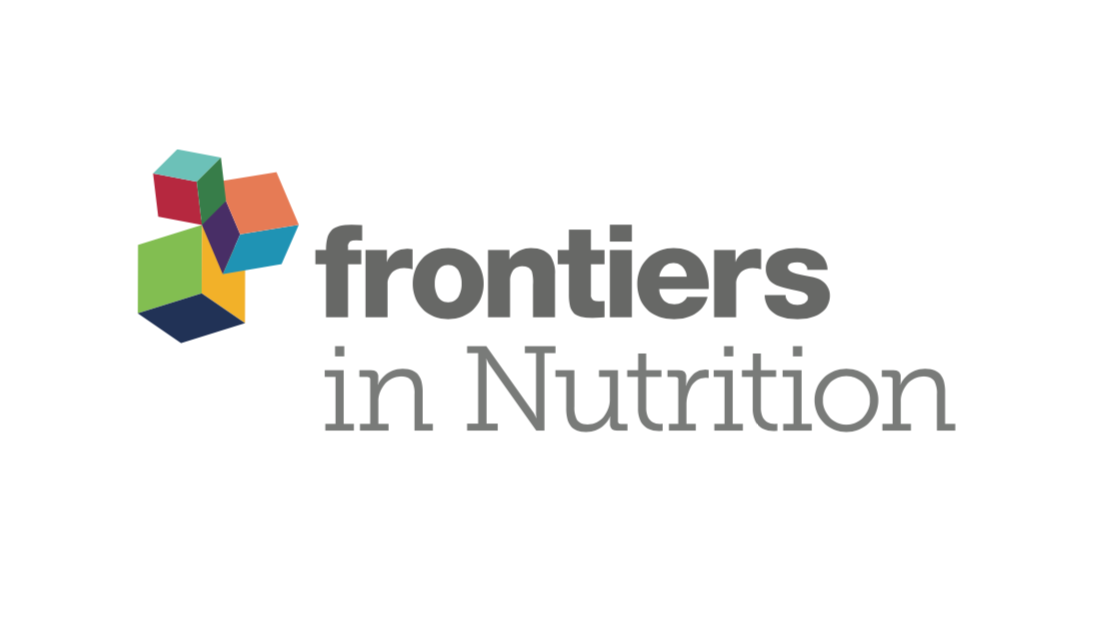
2021 Frontiers in Nutrition
Co-fermentation of Ganpu tea with Chachi peel alters its chemical profile, reducing certain compounds while increasing others, thus enhancing its unique flavor.
Experimental Study Gan Pu Tea
The Impact of Citrus-Tea Cofermentation Process on Chemical Composition and Contents of Pu-Erh Tea: An Integrated Metabolomics Study
Xu Y, Liang PL, Chen XL, Gong MJ, Zhang L, Qiu XH, et al.
Review Articles
Review articles summarise and critically evaluate the current state of research on a specific topic or field by synthesising multiple primary research studies.

Dietary supplements for treatment of endometriosis: A review
2022 Mar 14 Acta Biomedica Yalçın Bahat P, Ayhan I, Üreyen Özdemir E, İnceboz Ümit, Oral E
Review ArticleDietary supplements are found to be a promising complementary treatment for endometriosis, thanks to their anti-inflammatory, anti-oxidant, and immune modulatory characteristics.

Antiosteoporosis Studies of 20 Medicine Food Homology Plants Containing Quercetin, Rutin, and Kaempferol: TCM Characteristics, In Vivo and In Vitro Activities, Potential Mechanisms, and Food Functions
2022 Mar 31 Evidence-Based Complementary and Alternative Medicine Shen D, Feng Y, Zhang X, Gong L, Liu J, Li Y, et al.
The study concludes that these 20 MFH plants, along with quercetin, rutin, and kaempferol, could be used as daily food supplements for the prevention and treatment against osteoporosis.
Review Article Kaempferol Osteoporosis Quercetin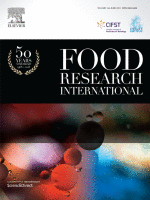
Burdock (Arctium lappa L) roots as a source of inulin-type fructans and other bioactive compounds: Current knowledge and future perspectives for food and non-food applications
2021 Mar Food Research International Moro TMA, T.P.S. Clerici M
Unlike other roots of the same family that are investigated for their content of inulin and oligofructoses (yacon, Jerusalem artichoke, and agave, for example), burdock has potential as a source of prebiotic fibers and antioxidant compounds, and can be used to replace starch (digestible carbohydrates) in various food products.
Review Article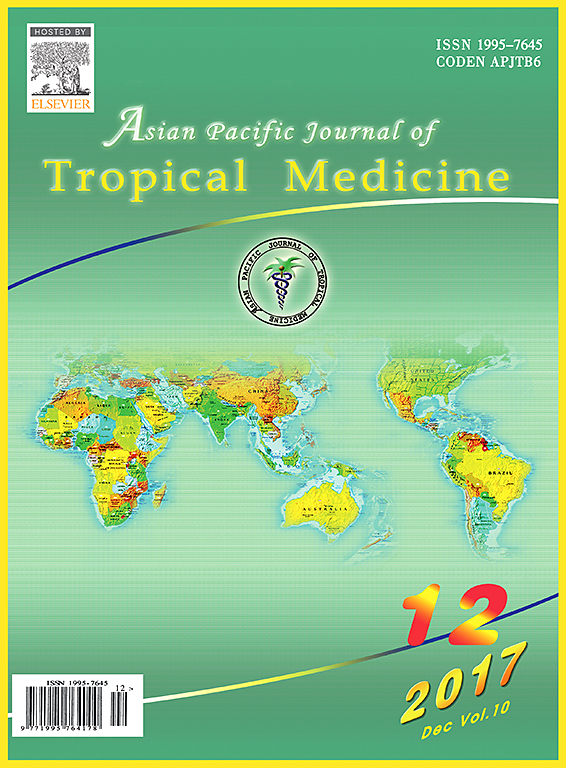
Evaluation of antiviral activities of Houttuynia cordata Thunb. extract, quercetin, quercetrin and cinanserin on murine coronavirus and dengue virus infection
2016 Jan Asian Pacific Journal of Tropical Medicine Chiow KH, Phoon MC, Putti T, Tan BKH, Chow VT
The compounds in H. cordata contribute to the superior antiviral efficacy of the EA fraction which lacked cytotoxicity in vitro and acute toxicity in vivo. H. cordata has much potential for the development of antiviral agents against coronavirus and dengue infections.
Review ArticleClinical Trials
Clinical trials are research studies that involve people and are conducted to evaluate the safety and efficacy of new treatments or interventions, such as drugs, medical devices, or behavioural therapies.
Study Protocols
Published study protocols are detailed plans that outline the objectives, methodology, statistical analyses, and organisation of a research study that have been made publicly available for others to review and use as a reference.
Presentation Slides

Network Pharmacology
The research unveils luteolin, quercetin, and kaempferol in RALRG as promising complementary components for RP treatment, with a key role in managing oxidative stress and PI3K/AKT signaling pathways.
Wu J, Sun Z, Zhang D, Liu H, Wu J, Zhang S

Review Article
Dietary supplements are found to be a promising complementary treatment for endometriosis, thanks to their anti-inflammatory, anti-oxidant, and immune modulatory characteristics.
Yalçın Bahat P, Ayhan I, Üreyen Özdemir E, İnceboz Ümit, Oral E

Experimental Study
Co-fermentation of Ganpu tea with Chachi peel alters its chemical profile, reducing certain compounds while increasing others, thus enhancing its unique flavor.
Xu Y, Liang PL, Chen XL, Gong MJ, Zhang L, Qiu XH, Zhang J, Huang ZH, Xu W
Executive Summary
Write an executive summary in the form of a blog article on the topic of "Research into Chinese medicine treatment for Quercetin" summarising the research below and using language that can be easily understood by patients and avoiding medical jargon using a professional and caring tone of voice.
Write an executive summary in the form of a blog article on the topic of "Researched Chinese medicine treatments for Quercetin" summarising the research below in an objective and easy to understand way, and using language that can be easily understood by patients. Group the article into Chinese medicine treatments first, followed by nutrition and other treatments. Avoid using medical jargon and use a professional and caring tone of voice.
Write me a concise but easy to understand executive summary on the topic of "Chinese medicine treatments for Quercetin" based on the following research that I will give you. Your summary should be 2 paragraphs long in Australian English spelling and include references to the studies.
A Network Pharmacology published in 2023 in the journal Annals of Translational Medicine found that The research unveils luteolin, quercetin, and kaempferol in RALRG as promising complementary components for RP treatment, with a key role in managing oxidative stress and PI3K/AKT signaling pathways. The research used various databases such as Traditional Chinese Medicine Systems Pharmacology Database and Analysis Platform, GeneCards, and the Online Mendelian Inheritance in Man database to gather the ingredients of RALRG and potential targets of RP and RALRG. A protein-protein interaction network was constructed to visualize these interactions. The R program was utilized to perform functional enrichment. The researchers constructed a visual RALRG-RP-pathway pharmacology network using Cytoscape 3.9.1 and applied molecular docking to compute binding affinity. The research revealed a total of 132 effective active elements in RALRG correlating to 248 target genes. Ninety-two intersection target genes were discovered from the overlap of RP- and RALRG-related genes. These intersection targets were discovered to be primarily involved in oxidative stress, responding to metal ions, and handling chemical stress. Several molecular pathways such as PI3K-AKT and MAPK were identified as closely connected to RP therapy. A potential pharmacology network was designed for the RALRG-RP-pathway with AKT1 and JUN being considered the main targets. The active ingredients luteolin, quercetin, and kaempferol were highlighted as crucial for this mechanism. RALRG overall was established as a main regulator for oxidative stress and PI3K/AKT signaling pathways in the treatment of RP.
A Review Article published in 2022 in the journal Acta Biomedica found that Dietary supplements are found to be a promising complementary treatment for endometriosis, thanks to their anti-inflammatory, anti-oxidant, and immune modulatory characteristics. The researchers conducted a comprehensive literature review and synthesized the effects of various dietary supplements. The list of supplements includes vitamin D, zinc, magnesium, omega 3, propolis, quercetin, curcumin, N-acetylcysteine, probiotics, resveratrol, alpha lipoic acid, vitamin C, vitamin E, selenium, and epigallocatechin-3-gallate. These were studied due to their known anti-inflammatory, anti-oxidant, anti-proliferative, and immune modulatory characteristics. In terms of discussion on the results, the findings from the comprehensive literature review, encompassing in vitro, animal and human studies, show that there might be significant potential for dietary supplements as a complementary treatment to conventional therapy for endometriosis. Each supplement displayed attributes contributing to the mitigation of endometriosis symptoms, whether it was through anti-inflammatory means, antioxidant effects, immune modulation or their anti-proliferative properties. Despite variations between different kinds of supplements, the overall consensus indicates these function as a helpful add-on in managing the disease.
A Experimental Study published in 2021 in the journal Frontiers in Nutrition found that Co-fermentation of Ganpu tea with Chachi peel alters its chemical profile, reducing certain compounds while increasing others, thus enhancing its unique flavor. In the research, the effects of Chachi peel cofermentation on the chemical profile of Ganpu tea were examined using an ultra-high-performance liquid chromatography-Q Exactive Orbitrap mass spectrometry (UHPLC-QE Orbitrap MS)-based qualitative and quantitative method combined with multivariate analysis. A total of 171 compounds were identified using a three-level strategy, including seven phenolic acids, 11 flavan-3-ols, and 27 flavonoids and flavonoid glycosides identified in pu-erh tea for the first time. The principal component analysis (PCA) of untargeted metabolomics and orthogonal partial least squares discriminant analysis (OPLS-DA) models of targeted components revealed significant differences in the chemical profiles between raw pu-erh tea and Ganpu tea. The cofermentation process significantly reduced the total contents of phenolic acids, flavan-3-ols, and flavonoid aglycone. However, most of the quercetin glycosides, myricetin glycosides, and vitexin increased significantly. Additionally, hesperidin, a flavonoid glycoside only found in Chachi, was detected in pu-erh tea for the first time after cofermentation. Hence, this process clearly impacts the chemical composition and content changes in pu-erh tea, suggesting that cofermentation accelerates the fermentation of pu-erh tea and improves its unique taste.
Moderation Tools
Topic
Sign In
Users not signed in are limited to viewing the 5 most recent items of content.